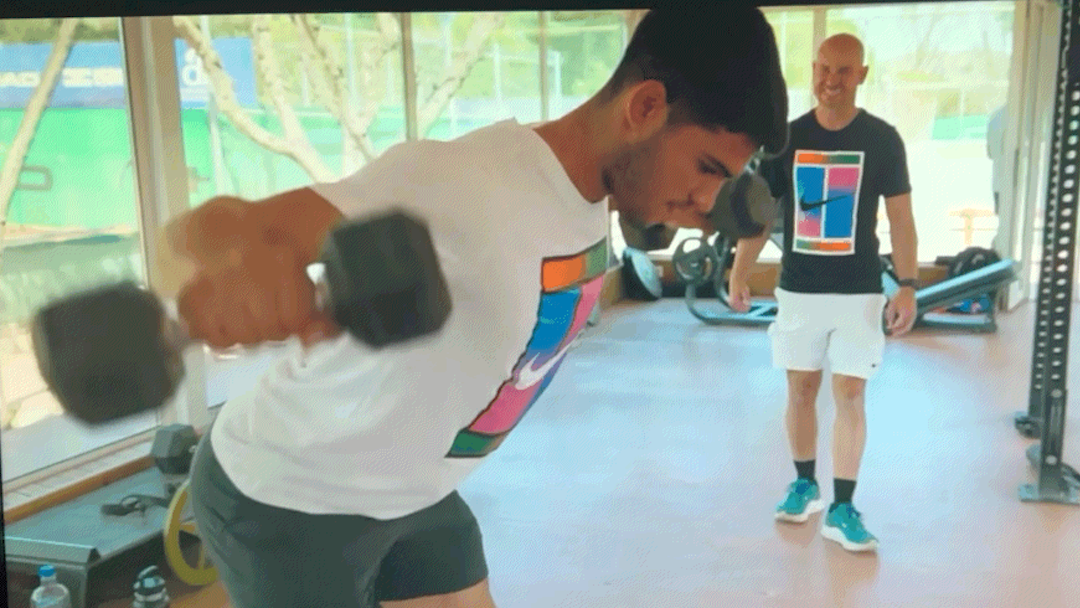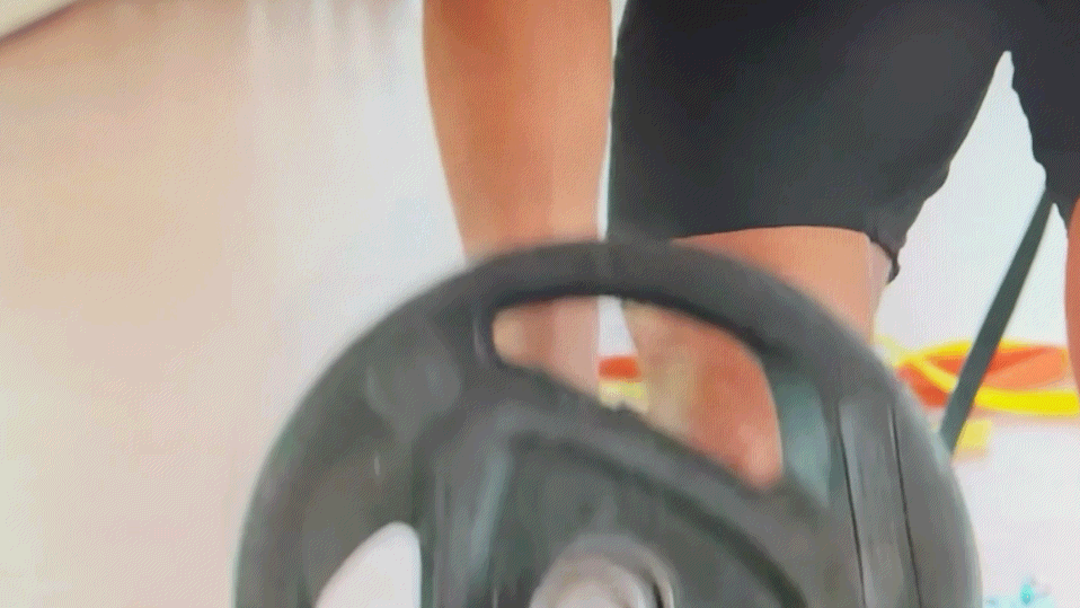A couple of weeks ago, I attempted to resurrect a drill that I recall doing a couple of times in my youth. I was thinking it was a potential opportunity to give it a uniquely modern twist by rebranding it as “The Court is Surrounded by Lava.” The idea behind the drill is to play competitive points that require the players to keep both feet inside the lines of the singles court at all times. In addition to how points are conventionally won and lost, points in this drill are also decided by someone stepping outside the lines of the court.
This drill develops the ability to hit the ball on the rise from deep in the court. Additionally, it is good for learning to hit and prevent sharp angles that pull opposing players off the court. It builds confidence for playing just inside the baseline which is a great position for an attacking style of tennis.
Unfortunately, when I tried to play this drill with the Trophy Husband, we failed to achieve any semblance of flow. Part of it might have been a fundamental skills mismatch as I frequently hug the baseline. I am also pretty good with short hops and angles. We never found any modifications or constraints to equalize competitive rally play.
After the recent death of Nick Bollettieri, I have been entertaining myself by watching YouTube clips of the copious tennis instructional videos that the legendary coach peddled from his academy. One of the series focuses on Serves and Returns, which is a focal point for my current training block. Toward the end of one of those videos, Bollettieri recommends the “Inside the Baseline” drill to ATP player Max Mirnyi as a way to specifically work on skills that will translate to a better serve return.
Based on what appeared in that video, a good way to do this drill is a variation of the “Cone Game.” To replicate what was demonstrated by Mirnyi, I would maybe set up the cones a little further in the court and add the restriction to stay within the lines. This also works in a semi-cooperative rally with two players pounding it at each other right up the middle.
From a serving perspective, this drill is also good for working on a hard return ripped directly back at the server. It generates balls to play from the position where the service motion momentum carries most players for the subsequent shot. Bollettieri also observes that this drill is also good for the transitional game as the player approaches the net to volley.
Staying inside the lines is essential when hitting tennis shots. Extending that idea to your feet can also be good for stroke development for attacking tennis.



